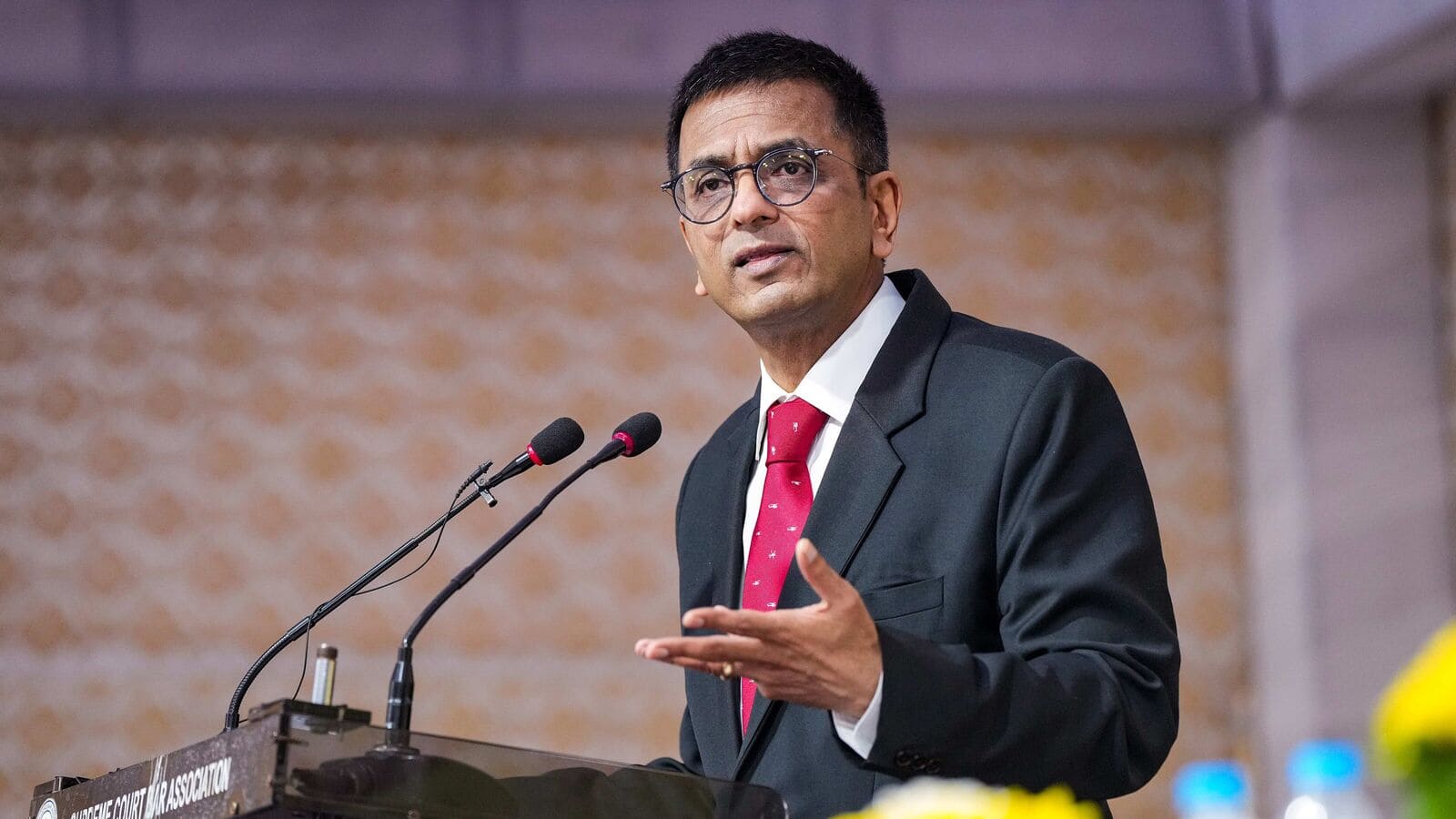
The Chief Justice of India Dr. D Y Chandrachud, while presiding over a three-judge bench, has once again reiterated his stand about the sealed cover issue. He said: “I am personally averse to sealed covers. What happens is, we see something he does not see. And we decide the case without showing to him. This is fundamentally contrary to the judicial process. There cannot be secrecy in the court. The Court has to be transparent”. Further, he said that secrecy is understandable if it concerns a case diary to which an accused is not entitled, or something which affects the source of information, or somebody’s life. But what can be so secretive about paying pension, the CJI asked the Attorney-General for India. The CJI observed, “we need to put an end to this sealed cover procedure which is being followed in the Supreme Court because then the High Courts will also start following. And this is fundamentally contrary to the basic process of fair justice”.
Last year also, two different benches of the Supreme Court had objected to the disturbing practice of submitting information in sealed covers by the government and its agencies in courts, including the Supreme Court. In the first case regarding the Muzaffarpur shelter sexual abuse case, a three-judge bench headed by then Chief Justice of India (CJI) NV Ramana had asked the counsel appearing for Bihar government not to submit the action taken report in the sealed cover. Then CJI had remarked: “Do not give any sealed covers, keep it with you, I do not want any sealed covers”. On the same day, another three-judge bench of the Apex Court, headed by Justice DY Chandrachud, had also come down heavily on the central government for submitting information in a sealed cover while hearing the appeal of the Malayalam TV channel MediaOne. Justice Chandrachud had said that he was averse to what is called “sealed cover jurisprudence”.
On the appeal of MediaOne, the Supreme Court had stayed the operation of the impugned order passed by the Kerala High Court which had relied on sealed cover material submitted by the centre against the channel. The centre had banned the broadcasting of the channel, alleging that it was involved in anti-national activities. The apex court had framed a larger issue to examine the validity of the sealed cover procedure, especially in the background of the MediaOne case. It may be noted that it was quite disconcerting that the Kerala High Court had ruled in favour of the central government without providing any opportunity to the channel to know what is being held against it, based on the sealed covers.
The Supreme Court’s stand about the sealed cover procedure is right. The Court has taken a timely initiative to stop this practice which goes against the fundamental principles of justice-delivery system. In a democratic country, there is no place for a secret judicial system. It is a welcome step that will send a strong message to the government and its law-enforcement agencies not to take the judicial process for granted.
While this is not the first time when sealed covers has become an issue, it is unfortunate that during the last few years, the Supreme Court entertained sealed cover material submitted by the government and its agencies in many important cases like Bhima Koregaon case, Rafale case, Assam NRC case, and Alok Verma case. In all these cases, the government submitted sealed cover materials in court and the court allowed this practice.
Unfortunately, the former CJI, Ranjan Gogoi, was fond of sealed cover jurisprudence. He promoted this practice greatly, particularly in the Assam NRC case which had no sound constitutional justification. The government also used the opportunity to submit sealed covers in many other cases to justify its undemocratic approach. It is sad to note that the highest judicial tribunal in the country allowed this kind of practice which goes against the basic principles of natural justice and an open judicial adjudication system.
Notably, in a country founded on the rule of law, only highly restricted acts by government authorities may remain in the realm of secrecy. One can understand that some issues like national security, delicate international negotiations, or survivors of sexual abuse may be some exceptions where sealed cover material can be accepted by the courts. Admittedly, the Supreme Court rules and the Evidence Act allow the sealed cover system in exceptional cases when the government submits any confidential or privileged information to the court. But even in such cases, the courts have the power to peruse the material and satisfy themselves with the claim. The courts can also reject the government’s claim of privileged or confidential communication. The government usually justifies the submission of secret material directly to the court, citing national security or ongoing investigation-related issues. The courts have often justified accepting sealed cover material by underscoring that it is to satisfy their judicial conscience. However, the practice has sometimes undesirable consequences that harm the interest of other parties involved in the litigation, mainly in cases of violation of fundamental rights and personal liberties. The principles of natural justice demand that all parties involved in the litigation get a fair opportunity to scrutinize evidence submitted against them by the prosecution agencies and to contradict the same to defend their cases. Not only this, but the common people are also entitled to know how courts of law decide cases and how evidence is appreciated by the courts. The sealed cover procedure harms the judicial system badly.
Transparency strengthens the credibility and integrity of the judiciary and public trust is the greatest strength of the judiciary. Justice should be administered openly, not behind closed doors. The government is duty-bound to share evidence with the affected persons who have the right to defend themselves. We have seen how the sealed cover procedure has been mostly used against persons accused of posing a threat to national security or involved in money laundering and corruption cases. In such cases, the undisclosed material submitted in sealed envelopes is often used to refuse bail to the accused persons who do not get a chance to refute such material. Is it a fair practice?
A few years ago, the Supreme Court had criticised this practice in the P Chidambaram case when the Delhi High Court had denied bail to Chidambaram based on the sealed cover information submitted by the central government against him. This is what the Court had observed: “While the learned judge was empowered to look at the materials produced in a sealed cover to satisfy his judicial conscience, the learned judge ought not to have recorded findings based on the materials produced in a sealed cover… It would be against the concept of fair trial if in every case the prosecution presents documents in sealed cover and the findings on the same are recorded as if the offence is committed and the same is treated as having a bearing for denial or refusal of bail.”
Thus, the time has come when the Supreme Court should discourage the practice of allowing the sealed cover material and ask the government not to use it as routine and the practice can be reserved for very exceptional situations. This practice is very harmful to a free, fair, and open administration of justice that has no place for secrecy. As mentioned earlier, the practice of sealed cover violates the basic principles of natural justice and helps the government or its prosecution agencies to prejudice the court against those who knock on their doors when their fundamental rights are infringed by the state. Justice is not a matter between one party in the case and the court. It is a matter of public interest. Justice should not only be done but it must also be seen to be done. Why so much secrecy in judicial adjudication? Jeremy Benthem, the English philosopher, jurist, and founder of modern utilitarianism, said in 18th century that “publicity is the best disinfectant”. Therefore, administration of justice should be in public and there is no place for secrecy in our judicial system. Let justice be done in broad daylight. The sealed cover system must be sealed forever.

Lokendra Malik, Advocate, Supreme Court of India